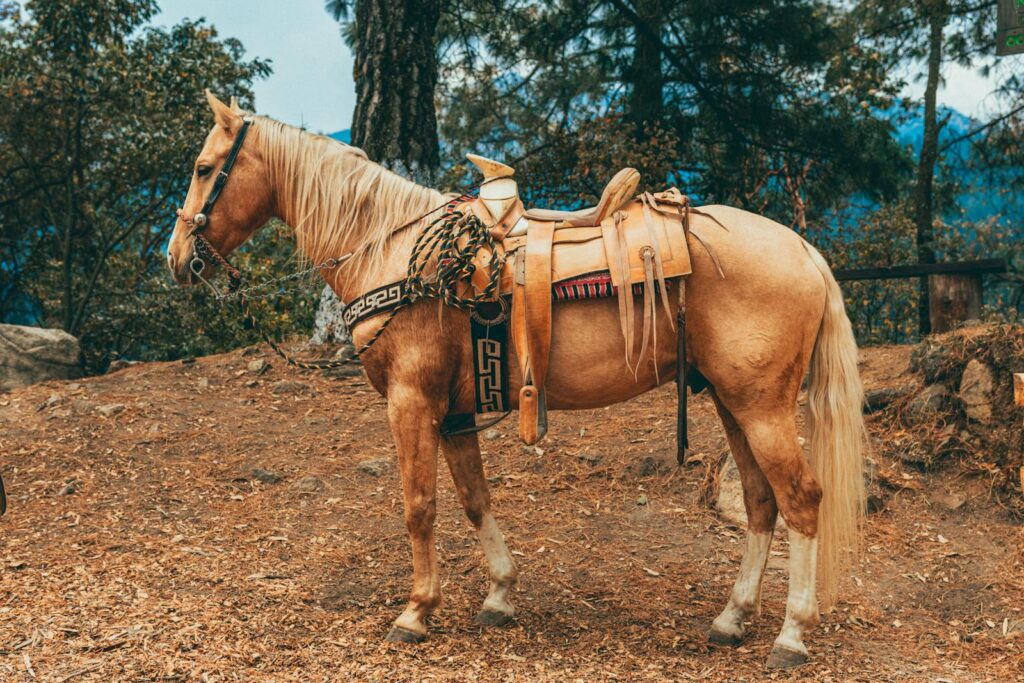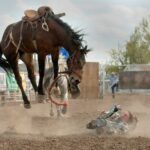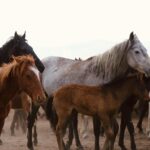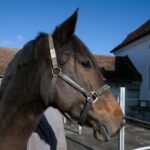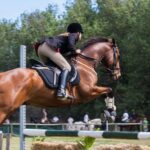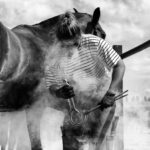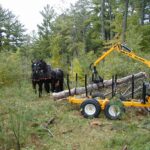In a world where social media aesthetics reign supreme, horses have galloped their way into becoming some of the most captivating subjects for photographers and Instagram enthusiasts alike. These majestic creatures, with their flowing manes, powerful builds, and expressive eyes, naturally exude a photogenic quality that transforms ordinary snapshots into breathtaking imagery. Some horse breeds, however, seem particularly blessed with features that make them stand out in photographs—whether it’s their unique coloration, distinctive markings, luxurious manes and tails, or simply their regal bearing. For equine enthusiasts and photographers seeking that perfect shot, understanding which breeds consistently photograph well can elevate their social media presence or professional portfolio. This article explores the most photogenic horse breeds that are guaranteed to bring beauty, grace, and majesty to your Instagram feed or photography collection.
The Majestic Friesian
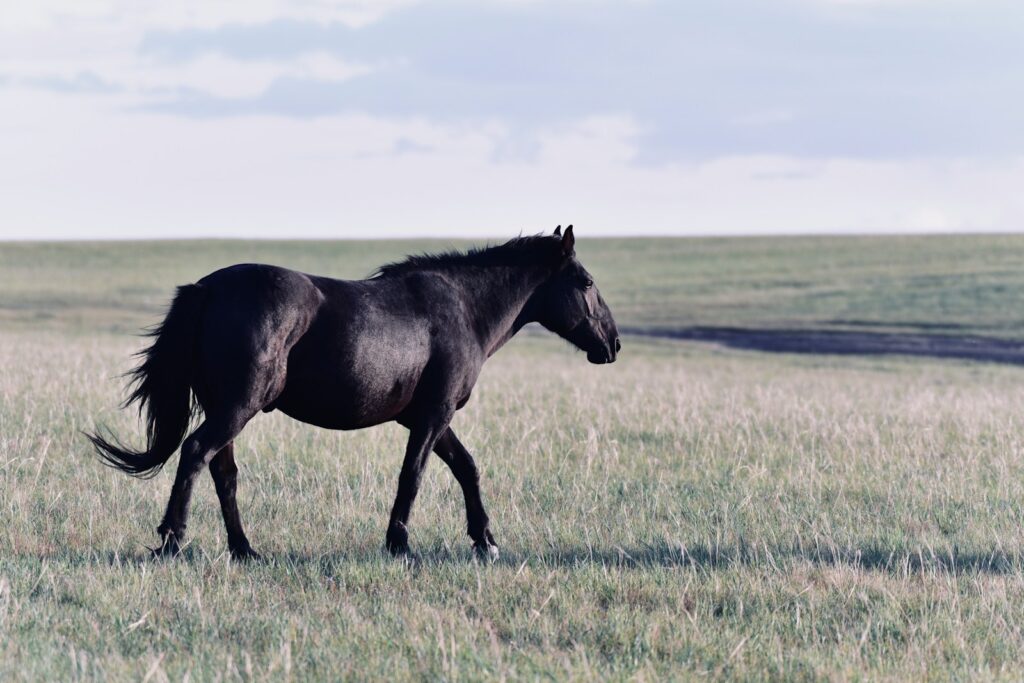
The Friesian horse, with its gleaming black coat and flowing mane and tail, could easily be considered the supermodel of the equine world. Originating from the Netherlands, these striking horses possess a natural elegance that translates beautifully in photographs, making them frequent stars in fantasy films and period pieces. Their feathered lower legs create a dramatic contrast against their sleek bodies, while their high-stepping gait and arched necks project confidence and nobility. Photographers particularly love capturing Friesians in motion, when their abundant mane and tail hair flows dramatically in the wind, creating dynamic silhouettes against nearly any background. The breed’s uniform black color also makes them exceptionally photogenic in various lighting conditions, from bright sunlight that highlights their muscular build to dramatic sunset shots where they appear almost mythical.
The Fairy-Tale Andalusian

Often called the “Horse of Kings,” the Andalusian seems to have stepped directly from the pages of a fairy tale into our reality. These Spanish beauties typically sport a gray or white coat that photographs brilliantly in natural light, creating an almost ethereal appearance. The Andalusian’s distinctive Roman nose and arched neck give the breed a profile that exudes classical beauty, making them exceptional subjects for portrait-style photography. Their thick, flowing manes and tails catch the light and movement in truly spectacular ways, creating natural drama in even the simplest photographs. Perhaps most captivating is the Andalusian’s expressive eyes and alert ears, which convey intelligence and spirit, allowing photographers to capture genuine emotion and personality in their images.
The Colorful Appaloosa

The Appaloosa’s claim to Instagram fame lies in its spectacular spotted coat patterns that make each individual horse a unique work of art. Developed by the Nez Perce tribe in North America, these horses showcase varied patterns including leopard, blanket, and snowflake spotting that create visual interest impossible to replicate. The contrast between their spotted hindquarters and solid-colored forequarters offers photographers distinct compositional elements that naturally draw the viewer’s eye. Beyond their distinctive coloration, Appaloosas typically have striped hooves and mottled skin around the muzzle and eyes, adding additional visual texture to close-up photographs. Their varied coat patterns also mean that each Appaloosa photographs differently in changing light conditions, offering endless creative possibilities for photographers looking to capture something truly unique.
The Glamorous Arabian
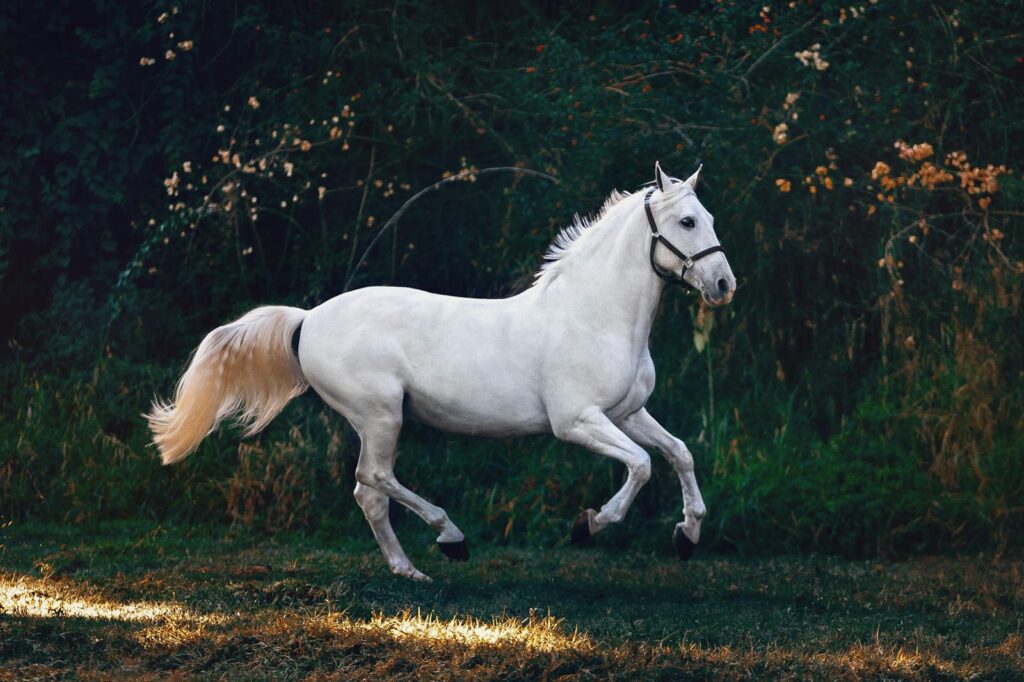
The Arabian horse possesses perhaps the most instantly recognizable profile in the equine world, making it extraordinarily photogenic from any angle. Their distinctive dished face, large expressive eyes, and small muzzle create a delicate, almost feminine appearance that translates beautifully in photographs. Arabians typically have a high tail carriage, creating a naturally proud posture that conveys elegance and energy even in still images. The breed’s fine skin and coat quality result in a natural sheen that catches light beautifully, highlighting their refined muscular structure in photographs. Their alert, animated expression and natural charisma make them exceptional subjects for action shots as well as formal portraits, with their natural beauty requiring minimal editing or special photography techniques to shine through.
The Striking Akhal-Teke
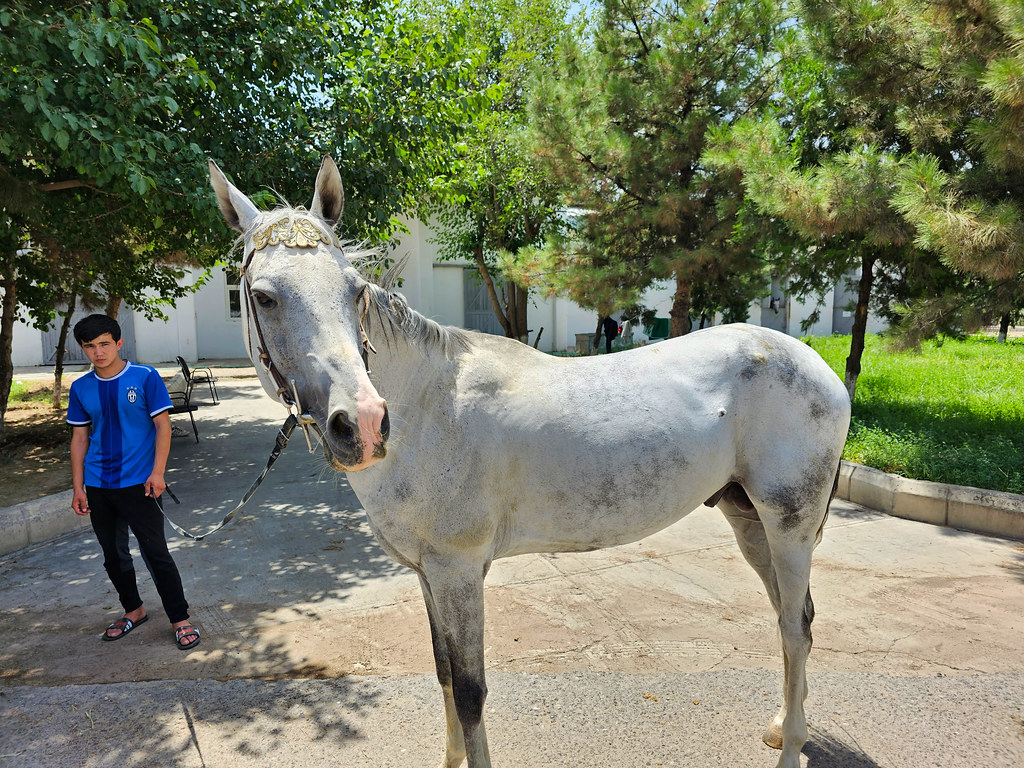
Often referred to as the “Golden Horse” or the horse with a metallic sheen, the Akhal-Teke from Turkmenistan possesses a coat quality unlike any other breed in the world. Their hair structure reflects light in a way that creates a luminous, almost metallic appearance, particularly in palomino and buckskin colorations that seem to glow from within. This extraordinary coat quality makes them absolute standouts in photographs, requiring minimal editing to achieve eye-catching results that often leave viewers questioning if the images have been enhanced. The Akhal-Teke’s slender, athletic build with pronounced muscling creates beautiful lines and contours that photographers can emphasize through lighting and positioning. Their distinctive almond-shaped eyes and exotic appearance give these horses a mysterious, ethereal quality that translates beautifully to social media, where unusual and striking images tend to garner the most engagement.
The Magnificent Gypsy Vanner

With their abundant feathering, flowing manes, and fairytale appearance, Gypsy Vanners seem purposely designed for the camera. These horses often feature striking piebald (black and white) or skewbald (brown and white) patterns that create natural contrast and visual interest in photographs. Their most distinctive feature—the heavy feathering on their lower legs—creates beautiful movement and texture in images, especially when captured in motion or with a slight breeze. The Gypsy Vanner’s thick, often wavy mane and tail frequently reach exceptional lengths, providing photographers with dramatic elements that can be showcased in various creative ways. Their generally calm, agreeable temperament makes them excellent photography subjects, willing to pose and work with photographers to achieve that perfect Instagram-worthy shot that combines power, beauty, and a touch of fantasy.
The Exquisite Lipizzaner

Famous for their performances at the Spanish Riding School of Vienna, Lipizzaners possess a timeless elegance that translates beautifully to photography. While born dark, most Lipizzaners gradually transform to a nearly pure white coat as they mature, creating a striking canvas that photographs brilliantly against nearly any background. Their classical proportions and powerful, compact build create a harmonious silhouette that embodies the ideal of classical dressage and equine beauty. Photographers particularly appreciate the Lipizzaner’s expressive movement and the way their muscled bodies catch light and shadow, creating natural depth and dimension in images. When captured performing their spectacular “airs above the ground” movements, these horses create some of the most dynamic and impressive equine photographs possible, showcasing both athletic ability and grace that seems almost supernatural.
The Eye-Catching Icelandic Horse
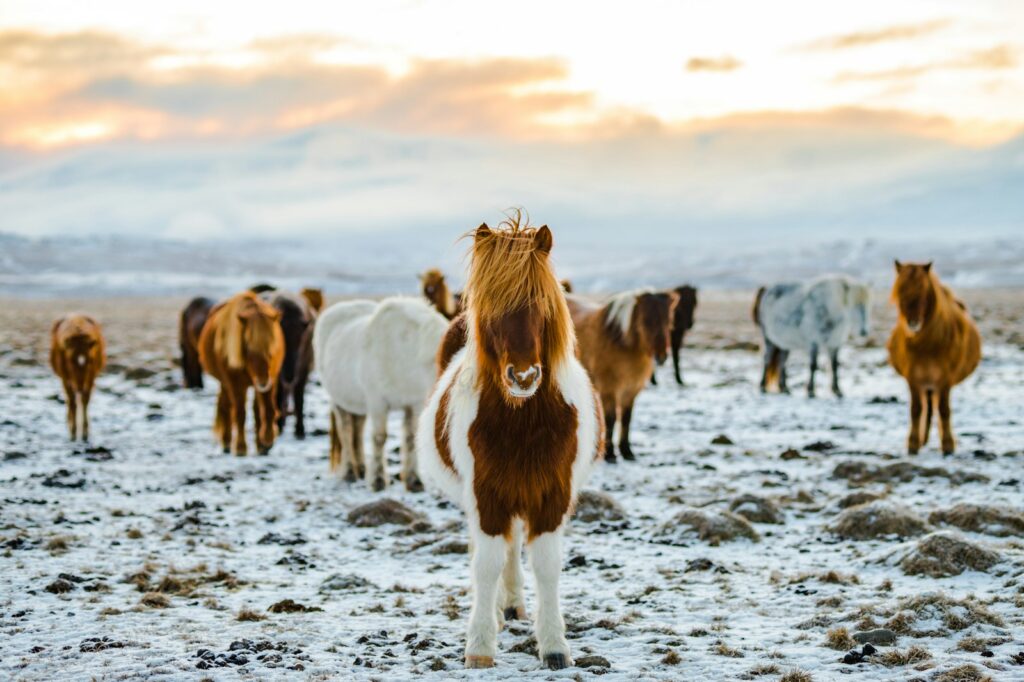
Despite their smaller stature, Icelandic horses pack incredible photogenic qualities into their compact frames. Their thick winter coats and abundant manes create a charming, almost toy-like appearance that draws immediate attention on social media platforms. These horses come in a remarkable variety of colors, including rare patterns like silver dapple and striking combinations not commonly seen in other breeds. Their unique fifth gait, the tölt, provides photographers with distinctive action shots that showcase the breed’s special movement quality and natural charisma. Perhaps most striking are images of Icelandic horses in their native landscape—against volcanic rock, flowing waterfalls, or snow-covered fields—creating a visual narrative that connects the breed to its historical origins and rugged environment in ways that resonate powerfully with viewers.
The Otherworldly Marwari
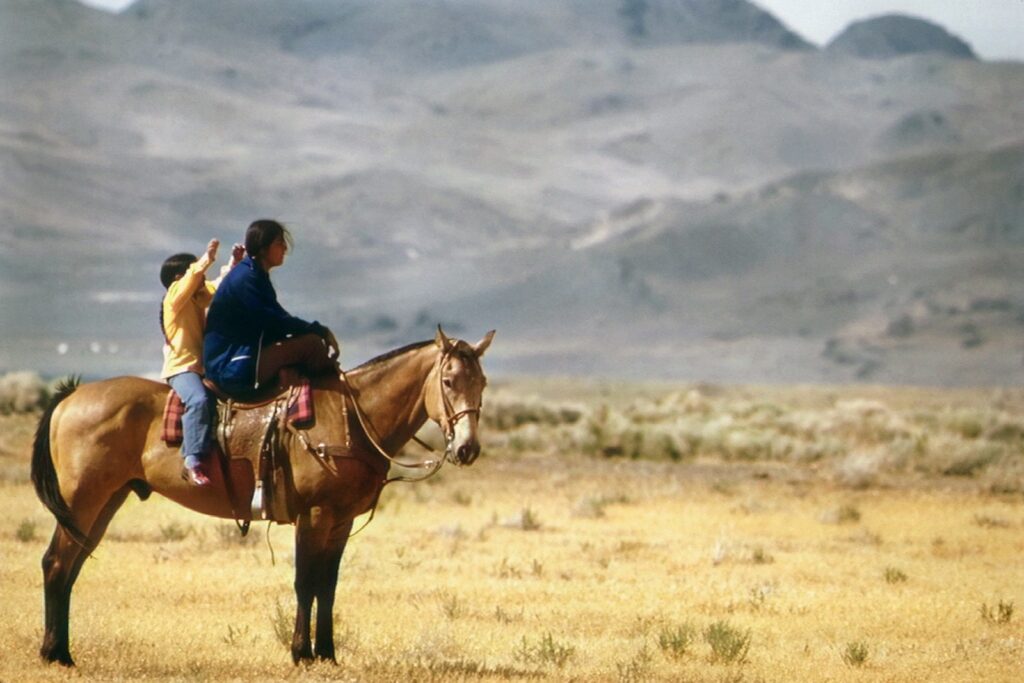
The Marwari horse from India features one of the most distinctive characteristics in the equine world: inward-curving ears that can rotate 180 degrees and often touch at the tips, creating a heart-like shape when viewed from the front. This unique feature alone makes them extraordinarily photogenic and instantly recognizable in images shared on social media. Their refined desert-horse appearance with prominent withers and slender legs creates an elegant silhouette that photographs beautifully from any angle. Traditional decorative elements often used with Marwari horses, including colorful saddlery and jewelry, add cultural context and visual interest to photographs that make them stand out in social media feeds. The breed’s connection to Indian nobility and warfare also provides rich storytelling opportunities for photographers looking to create narrative-driven images that engage viewers beyond mere aesthetics.
The Powerful Percheron
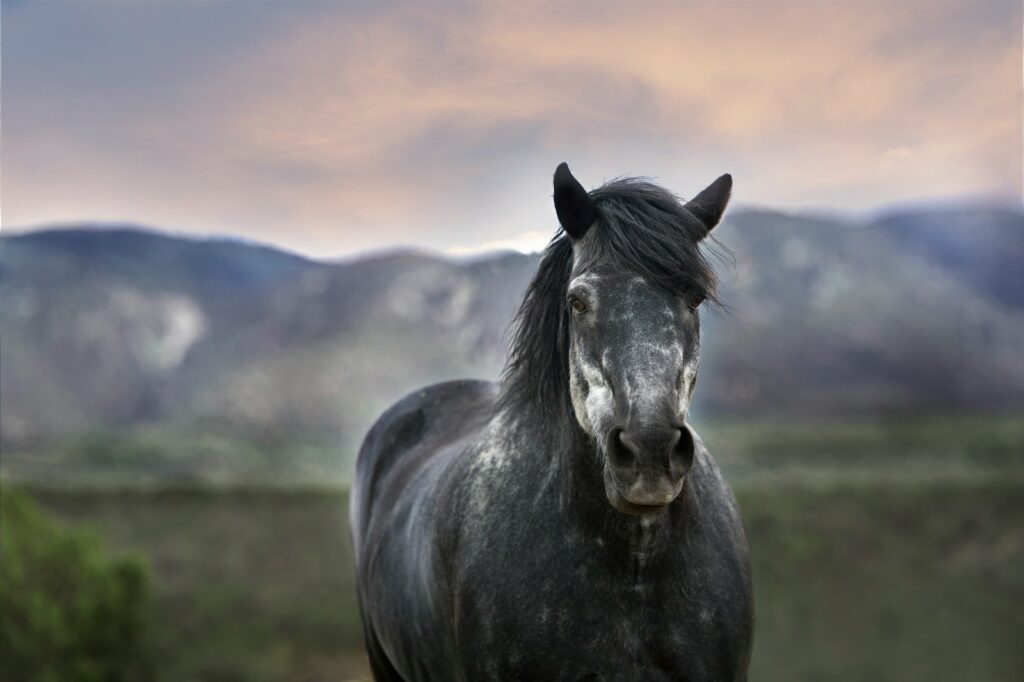
Among draft horses, the Percheron stands out for its exceptional photogenic qualities that combine power with surprising elegance. Their massive muscular build creates impressive silhouettes and offers photographers opportunities to capture the sheer strength and grandeur of the equine form. Most commonly seen in gray or black, their coat colors provide either a dramatic dark presence or a light, almost luminous quality that photographs beautifully in various lighting conditions. Despite their size, Percherons possess refined heads with intelligent expressions that create compelling portrait opportunities, challenging stereotypes about heavy horses. When photographed in motion, their surprising agility and active movement creates dynamic images that contrast wonderfully with their imposing size, making them favorites for photographers looking to capture the full range of equine capability and beauty.
The Picturesque Haflinger
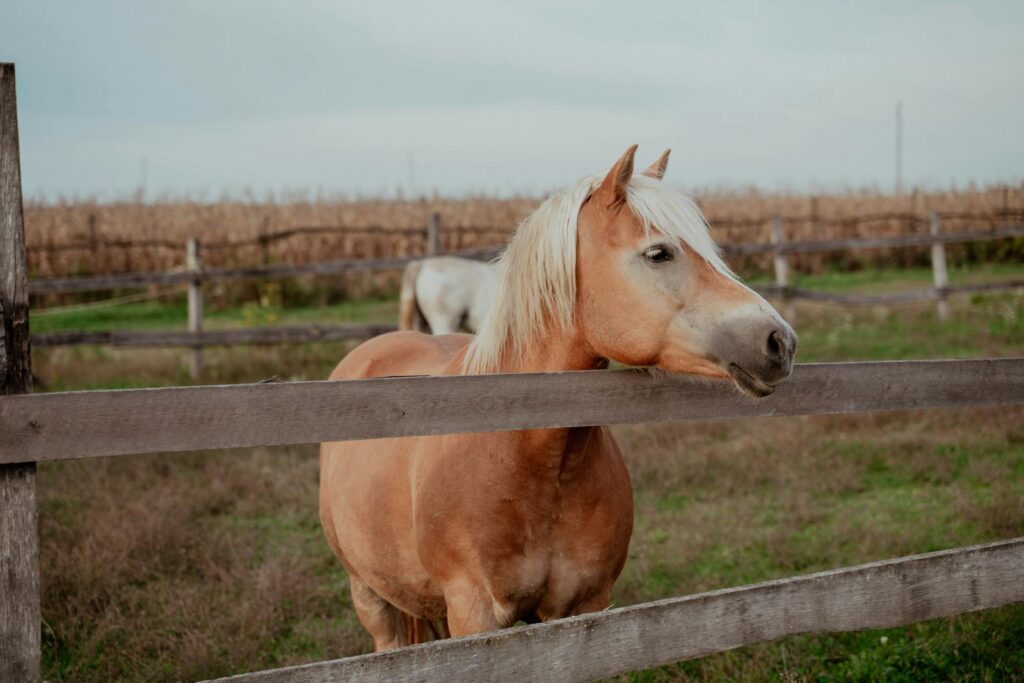
With their golden chestnut bodies and flaxen manes and tails, Haflingers possess a color combination that seems designed specifically for the camera. This distinctive coloration creates natural highlighting and contrast that makes their photographs pop without any special filters or editing. Their moderate size, sturdy build, and harmonious proportions give them an appealing, accessible beauty that resonates with a wide audience, making them extremely shareable on social media platforms. The Haflinger’s expressive face with its broad forehead and kind eyes creates opportunities for engaging portrait photography that captures their friendly, willing temperament. These horses particularly shine in outdoor settings with natural light, especially during the “golden hour” when the sunlight enhances their namesake golden coat to create truly magical images that seem to glow from within.
The Remarkable Knabstrupper
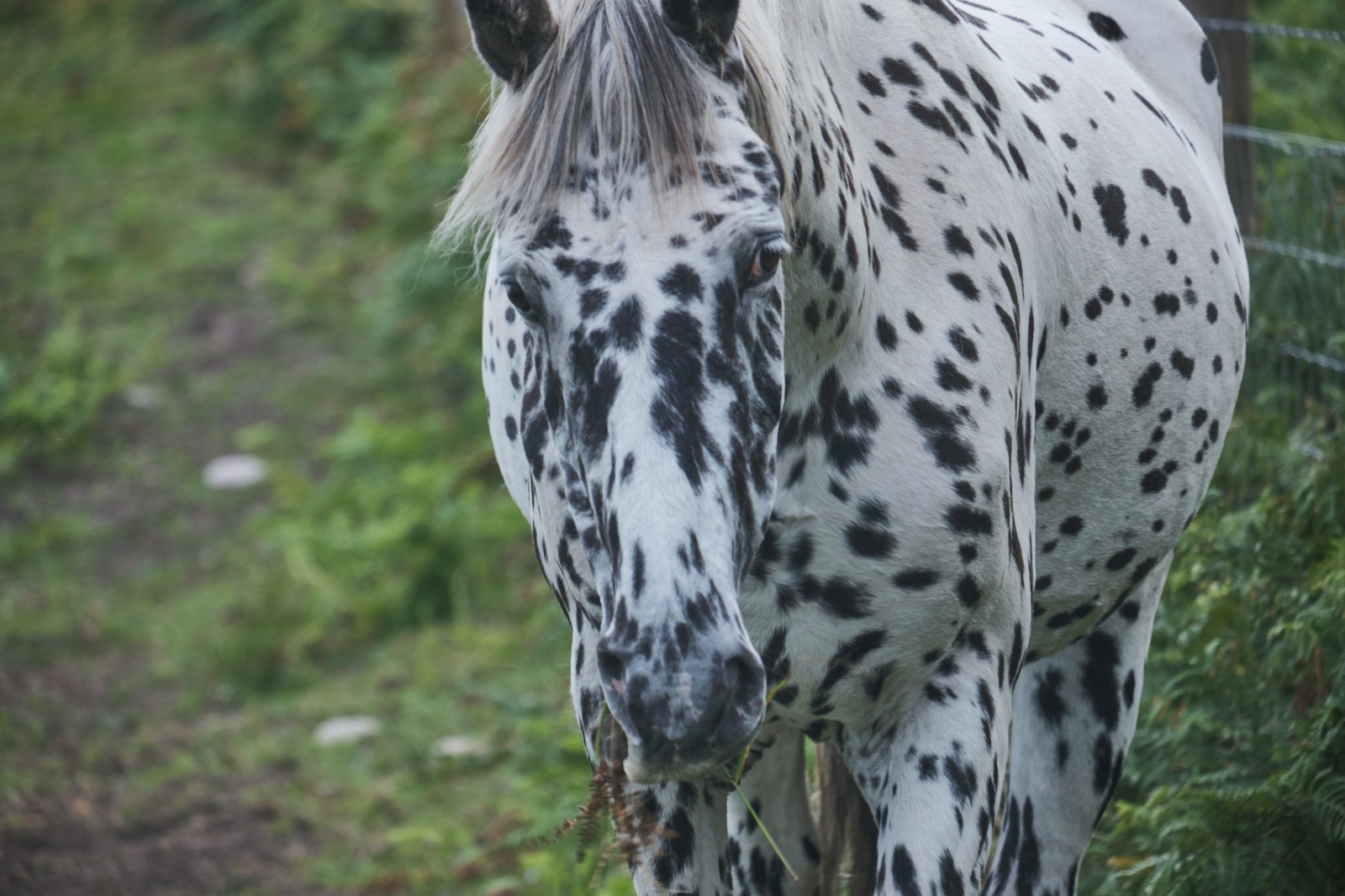
Often mistaken for Appaloosas, the Danish Knabstrupper breed features one of the most eye-catching coat patterns in the equine world—a spectacular leopard complex pattern that can range from a few scattered spots to a coat that appears to have been splattered with paint. This distinctive patterning creates natural visual interest that makes even simple photographs stand out dramatically in social media feeds. Beyond their coat, Knabstruppers possess balanced, harmonious conformation with elegant lines that photograph well from any angle. The contrast between their spotted bodies and solid-colored heads creates natural framing opportunities for photographers focusing on capturing equine portraits. Their unique appearance connects them visually to historical paintings and the famous spotted horses of Renaissance artwork, giving photographers opportunities to create images with classical aesthetic references that resonate with art-loving audiences.
Photography Tips for Capturing Equine Beauty

Regardless of breed, capturing horses at their most photogenic requires understanding their behavior and movement patterns to anticipate the perfect moment. Early morning and late afternoon lighting (the “golden hours”) typically yields the most flattering results, highlighting coat texture and color while creating a warm, dimensional appearance. Positioning is crucial—shooting slightly from below can emphasize a horse’s powerful presence and nobility, while eye-level shots create a more intimate connection between subject and viewer. For social media impact, consider the background carefully; natural settings that complement the horse’s coloring without competing for attention often work best. Most importantly, patient photographers who take time to allow the horse to become comfortable with the camera are rewarded with relaxed, authentic images that capture the true essence and personality of these magnificent animals in ways that generate genuine engagement online.
Conclusion: Beyond Breed to Individual Beauty
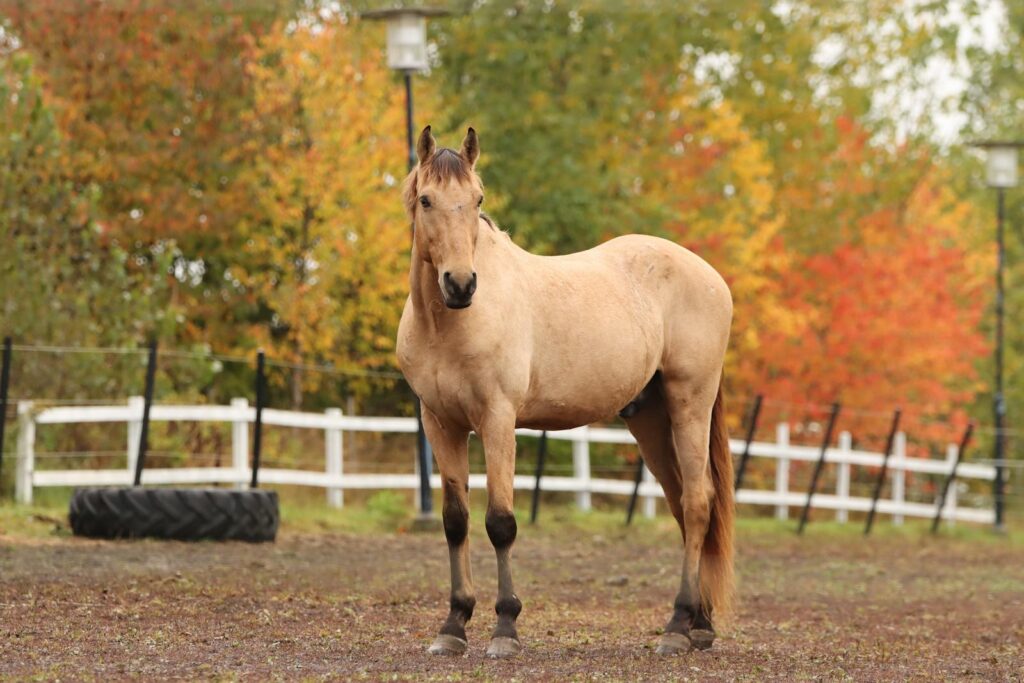
While certain breeds consistently photograph well due to their distinctive features, any horse can become a star on Instagram when photographed with skill and sensitivity to their individual character. The most compelling equine photography captures not just physical beauty but also the spirit, intelligence, and emotional depth that make horses such profound companions to humans throughout history. Whether showcasing the metallic sheen of an Akhal-Teke or the gentle wisdom in the eyes of a beloved backyard companion, photography that resonates most deeply reveals something of the unique bond between horses and humans. As social media continues to celebrate equine beauty in all its forms, these photogenic breeds offer endless opportunities for creating images that educate, inspire, and connect horse lovers around the world through the universal language of visual storytelling.

